Moose are one of the most iconic and fascinating animals of the northern regions of the world. These majestic animals with their imposing antlers, massive bodies, and distinctive features have captivated human imaginations for centuries. Despite their prominence, there has been some concern over the status of moose populations and whether they are endangered or threatened. The answer to this question is not a simple one, as the status of moose populations can vary by region and can be influenced by a range of factors such as habitat loss, hunting pressure, climate change, and disease.
Are Moose Endangered
Moose are not currently considered endangered globally, but the status of moose populations can vary by region. In some areas, such as parts of Europe, moose populations are considered threatened, while in other areas, such as parts of North America, they are considered stable or even overabundant.
The status of moose populations can be influenced by a variety of factors including:
- habitat loss
- fragmentation caused by human activities such as logging and urban sprawl
- predation from wolves
- increased competition for resources with other large herbivores like deer or elk
- climate change leading to changing weather patterns that can affect food availability or cause disease outbreaks among individuals
- hunting pressures from humans who target them for sport or meat harvesting purposes
- road mortality associated with vehicle collisions during migration periods when animals cross roads more frequently than usual in search for better habitats (which also puts drivers at risk)
- diseases transmitted by parasites such as ticks which thrive in warmer temperatures brought about by climate change.
Are moose endangered in the US
Moose are not currently considered endangered in the United States as a whole. However, the status of moose populations can vary by region. For example, some populations of moose in the lower 48 states, such as in Minnesota, are experiencing declines, while moose populations in Alaska and some parts of Canada are generally considered to be stable or even increasing. The reasons for declines in some populations of moose can be complex and may involve factors such as habitat loss, climate change, disease, predation, and hunting pressure. Conservation efforts are important to monitor and manage moose populations and ensure their long-term sustainability.
Are moose endangered in Canada
Currently, there are two main subspecies of moose found throughout Canada:
- Alces alces americanus (the eastern or Canadian Moose)
- Alces alces gigas (the western or Alaska-Yukon Moose).
The eastern subspecies can be found in all provinces eastward from Manitoba while the western subspecies can be found westward from Alberta.
According to Environment Canada’s latest assessment on Species at Risk Act listed animal species released in April 2021, both these subspecies have been assessed as “Not At Risk” under this act indicating that they do not meet any criteria associated with endangered status at present time.
Despite this good news regarding their legal classification within Canada however; research studies suggest that some provincial populations may still require further monitoring due primarily to increasing human activity. Due to significant changes within their habitats a decline in local population might have occurred even if not nationally across all regions combined. To prevent further declines it will thus be necessary for governments , organizations , researchers , landowners & other stakeholders alike work together towards implementing effective management strategies aimed at protecting remaining suitable habitats & promoting healthy local populations.
Canadian mooses are currently considered ‘not-at risk’ although localized threats may exist depending upon region & should therefore continue being monitored closely by relevant authorities over coming years so appropriate action taken whenever required
Are moose endangered in Alaska
Moose are a keystone species in Alaska, and their population is of great concern to the state. As such, it is important to assess whether or not moose are endangered in Alaska. The answer appears to be no; while there have been some localized declines due to factors like habitat loss and predation, overall moose populations appear healthy throughout the state.
The Alaska Department of Fish & Game (ADFG) monitors moose populations across the state through annual surveys that estimate population size and health trends over time. These surveys indicate that most areas with suitable habitat support stable or increasing numbers of moose; however, certain regions have seen significant decreases since 2000 due ADFG’s estimates show that statewide Moose populations remain relatively steady at around 150-200 thousand animals since 2012 . This indicates a generally healthy status for Alaskan Moose despite localized declines caused by human activities like logging and development as well as natural causes such as disease outbreaks or predation from wolves or bears.
Are moose protected in USA
Moose are one of the most iconic animals in North America, and many people wonder if they are protected by law. The answer to this question is yes; moose populations across the United States benefit from a variety of laws that protect their habitats and regulate hunting practices.
In some states, like Alaska, moose have been designated as a game species with specific regulations for hunting seasons and bag limits. Other states provide habitat protection through land conservation efforts or designations such as state parks or wildlife refuges where development is not allowed.
The U.S Fish & Wildlife Service works closely with state agencies to monitor moose populations across the country in order to ensure healthy numbers remain stable over time despite any threats posed by human activities such as logging or development projects near their habitats . Additionally, several organizations work together on research projects that study how climate change may affect certain areas’ ability to sustain suitable conditions for these large mammals over time—providing valuable information needed when making decisions about protecting them long-term throughout different regions of the United States .

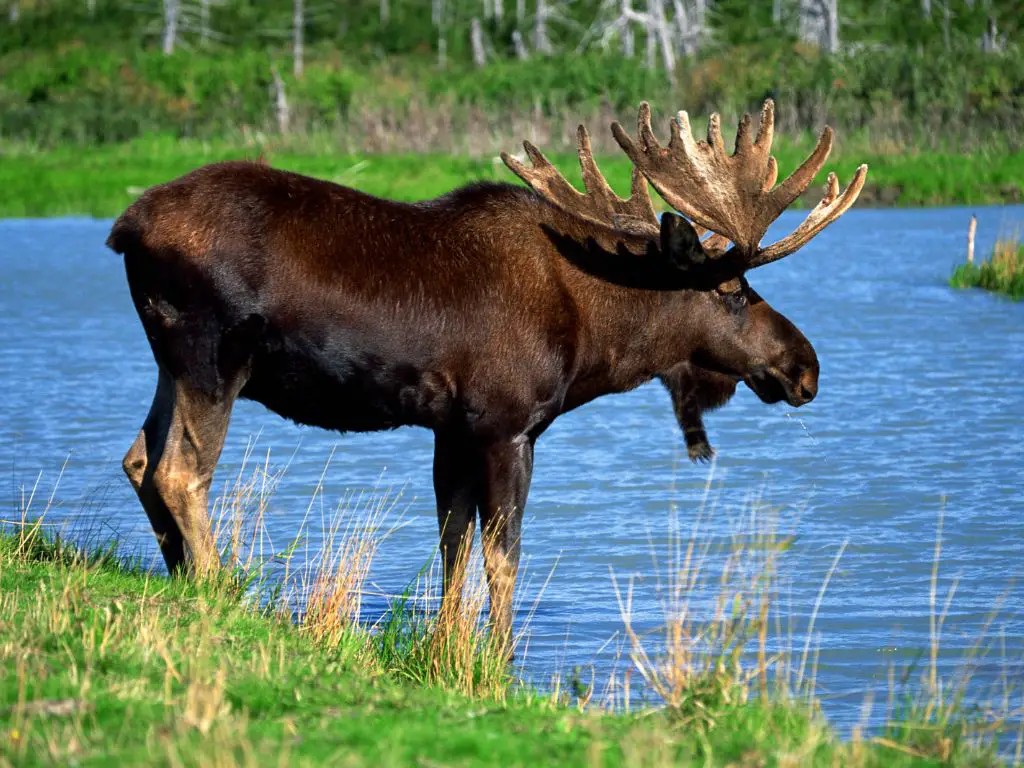
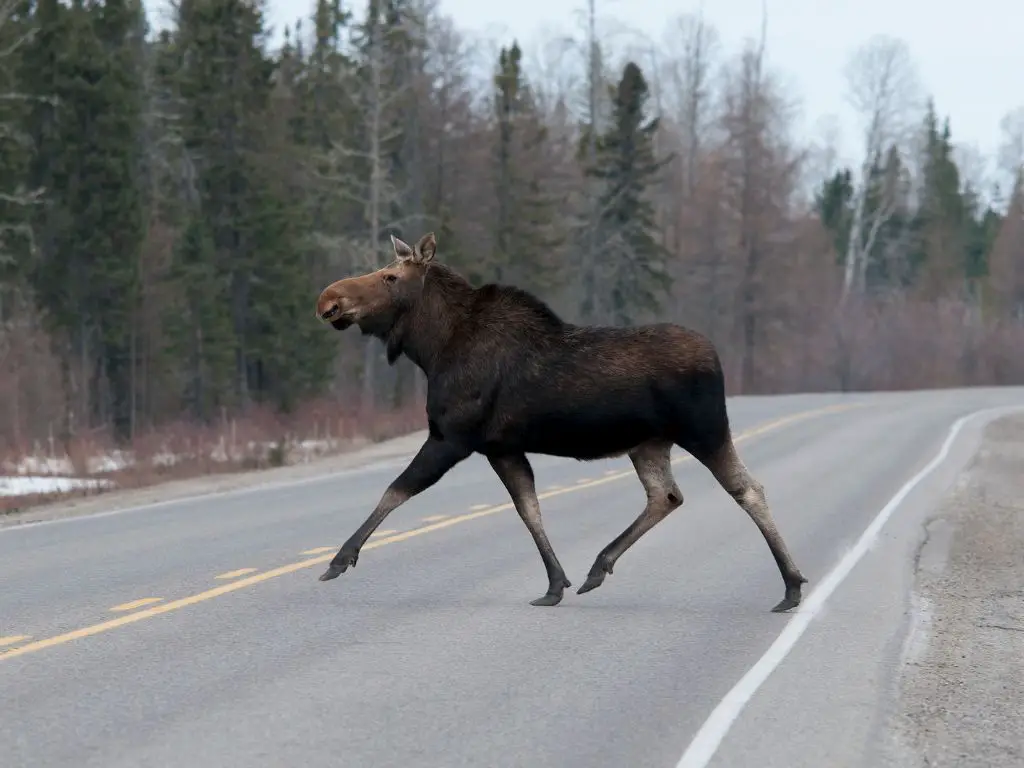
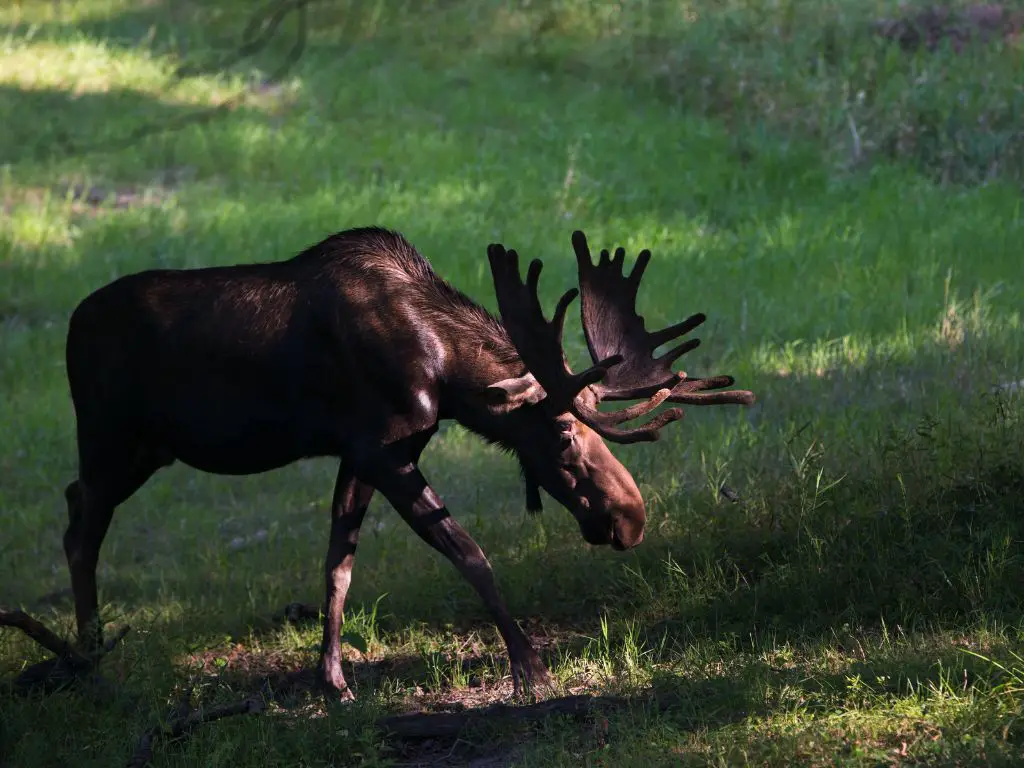
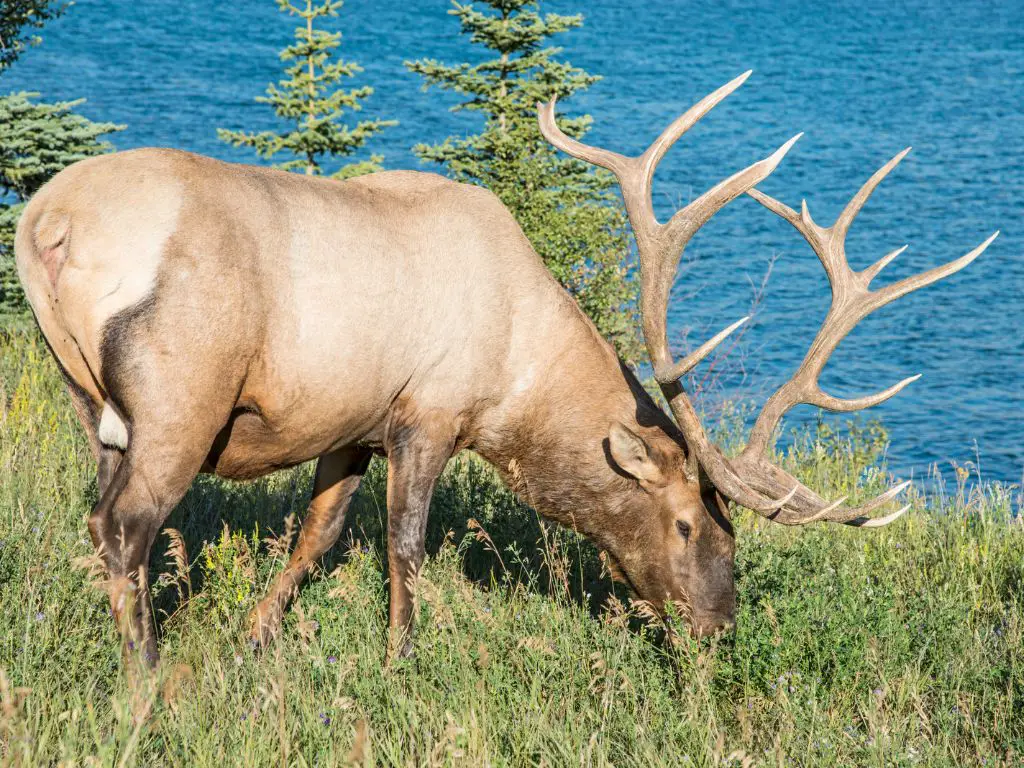
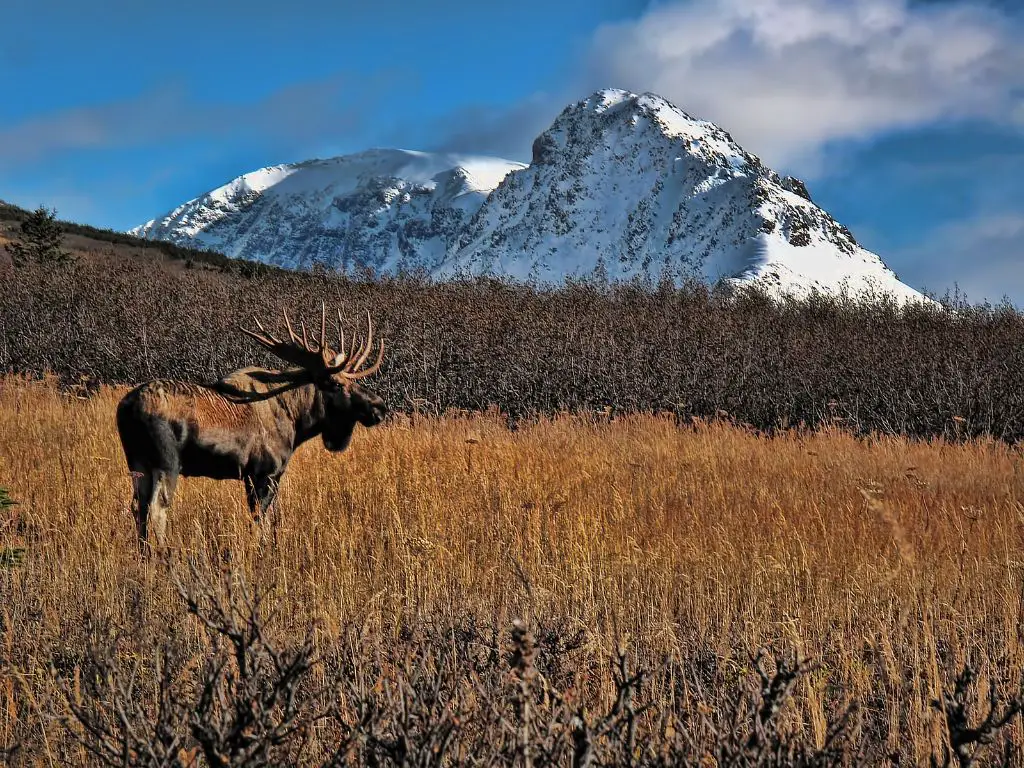
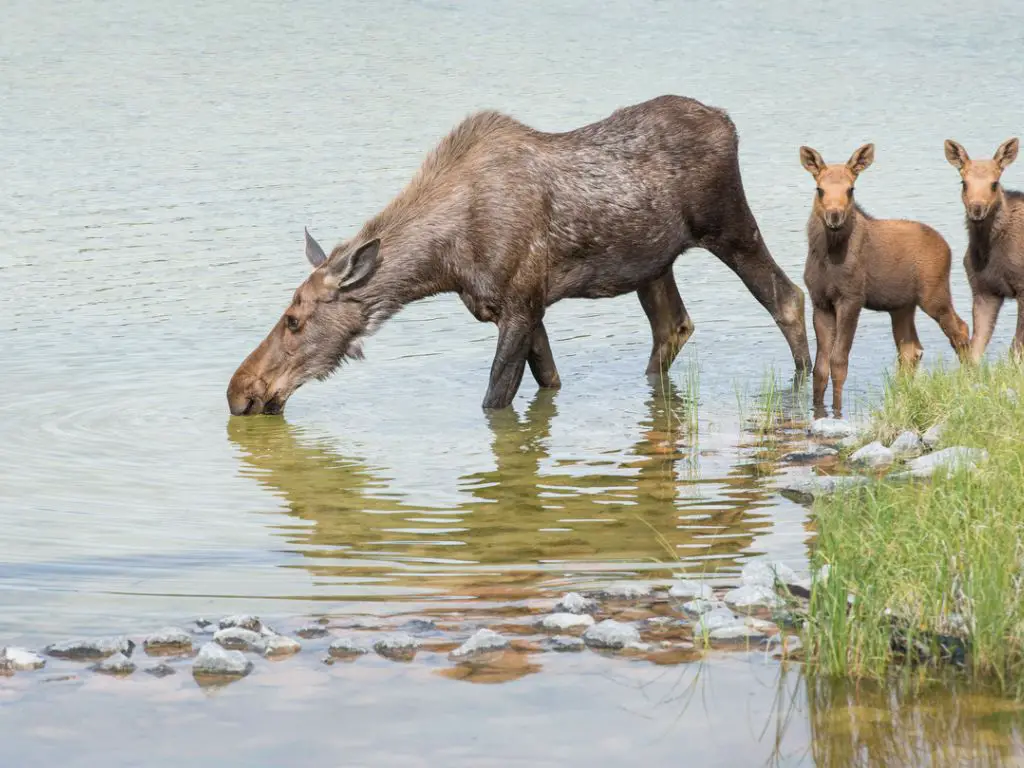

Leave a Reply